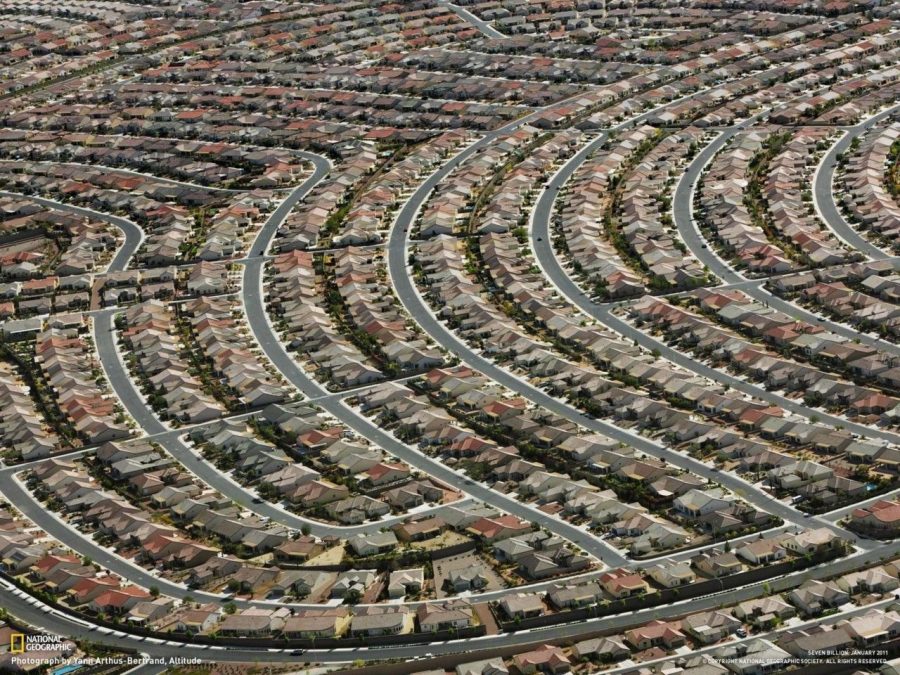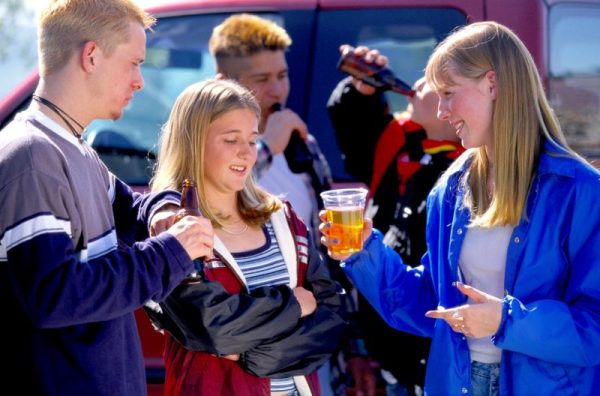Why don’t kids go outside anymore?
September 27, 2022
According to the University of Michigan’s Institute for Social Research, the average kid from ages 6 to 17 spends only seven minutes a day of unsupervised time outside. A National Trust study found that overall, kids play outside for an average of 4 hours a week. These statistics show that this generation spends nearly half as much of the time our parents spent outside, but what’s to blame for this massive decrease in time spent outdoors?
An obvious answer to this question is that technology has created an addicting source of entertainment for these kids that make the outdoors undesirable, but the lesser talked about issue is the gradual change of the outdoors itself. American cities and towns have increasingly been built upon the dependency on cars, creating an environment that has practically made it impossible to get anywhere without driving.
This dependency began after the end of World War II with the massive growth of the automobile industry. The adoption of mass-produced automobiles eventually led to the creation of a suburban environment reliant on these cars. This was the birth of the modern suburbs, where cities saw the separation of industry, businesses, and housing more than ever.
While the car and gasoline industries flourished, many people felt the negative effects of suburbia head-on. Not only does it restrict pedestrian access to certain areas of the city, but it also drastically increases the harmful emissions that are being put into our atmosphere, perpetuating the threat of global warming. Another problem with suburbia is that public parks and other recreational spaces are far more inaccessible for kids when they don’t have access to a car, only further discouraging them from going out.
However, the repercussions of this issue aren’t just placed on kids. The design of suburban areas has been proven to negatively affect those that live in them, with many women feeling trapped in the role of a housewife. Along with this, redlining policies from the 50’s and 60’s caused considerable damage to minorities’ ability to even live in the suburbs, and even though this act has been made illegal by the 1968 Fair Housing Act, it still remains prevalent enough to impact the very same groups today. (Khanacademy – The dark side of suburbia)
The emotional effects of suburbia are very clear; the confined spaces and single-use zoning of these cities have been detrimental to their residents’ mental health. In addition, nearly every single city listed in the top 100 happiest places on Earth is also among the most walkable. While there are countless factors that contribute to the residents’ happiness, the combination of little to no car dependency and unique architectural designs that often come with these cities is a considerable element in these statistics.
We often blame kids themselves for the gradual retreat indoors in comparison to the outside, but we rarely consider just how much our environment affects our actions. We expect kids to play outside when the only spaces available to them are confined and outgrown very quickly. The average backyard isn’t enough for kids to truly play and explore in, and relying on parents’ availability to drive them somewhere isn’t a solution. We need to fix this constantly expanding problem not only for the necessary growth of children but for each and every person in our cities.
















Gonnet • Jan 24, 2024 at 3:13 am
I live in France and have always lived in very small villages, population of 200 to 500. With hardly any vehicles, maybe one an hour. There aren’t many children at all. Especially outside, so it isn’t only in towns. And when there were one or two the “original” inhabitants of the village moaned about this. People aged over 70. One family even moved because of them moaning about their son. Older people have become lot less sociable too,… most probably because of the television that they watch every afternoon as they don’t have computers. They want everyone to do like they do.
Austin Hanson • Jan 24, 2024 at 11:22 am
Thank you for addressing this!There is absolutely something to be said about how technology has pushed the average person, especially kids and seniors, to a more sedentary lifestyle than in previous decades. The effects of technology on its own is a whole new field to be explored, and I do agree that it has brought about these negative effects on sociability all throughout the world. Uniquely, American cities and larger towns face the problem addressed in this article, as a culture of “pay for leisure” has seemed to overtake practically any public space. This, in addition with the very limited green spaces or parks which we possess in the majority of our cities, is absolutely an issue affecting our youth more than those in places like France. Again, we must address this issue globally on several aspects to truly see improvement anywhere.